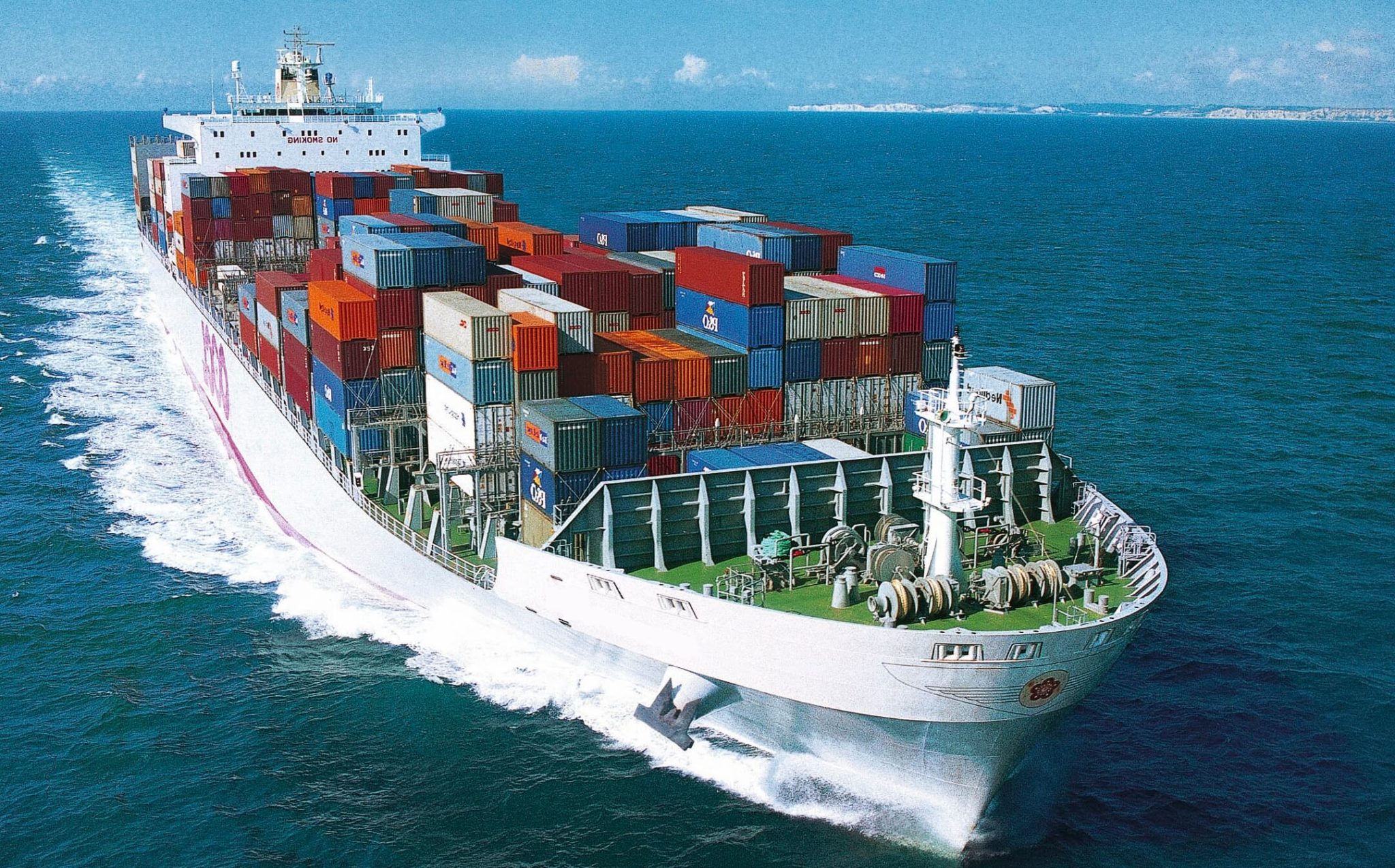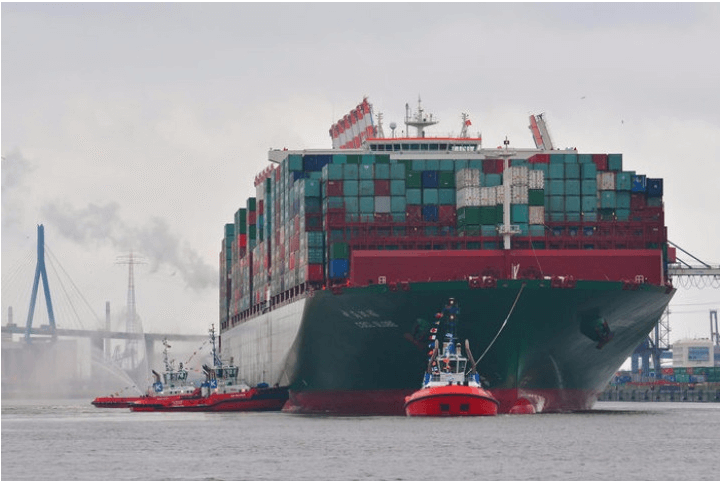
Asia-North Europe spot rates slipped below $700 per TEU this week, an indication that carriers either decided not to implement previously announced Nov. 15 price increases on the trade or rising surplus capacity simply made it irrelevant.
.
Rates on the Shanghai-Rotterdam route declined by $39 to $689 per TEU, only the third time in the past 12 months that the rate has been below $700, with the previous two drops past that threshold occurring in October, according to the Shanghai Shipping Exchange’s Shanghai Containerized Freight Index (SCFI).

.
China-Mediterranean spot rates were also falling past thresholds, dropping below $600 for the first time in the past 12 months to $595 per TEU. The headhaul spot rates to the Mediterranean has been on a steady downward slide essentially since April this year. Asia-Europe rates began their decline in July. The weekly rate movements are tracked at JOC.com’s Market Data Hub.
Drewry said spot rates were declining steeply on the crucial east-west routes, and carriers had not pushed for mid-November rate hikes. Its World Container Index showed that Shanghai-Rotterdam rates lost $195 per FEU to reach $1,364 per FEU. Drewry said rates were 22 percent weaker than in the same period in 2016.
.
The excess capacity on the Asia-Europe trade is pushing down vessel utilisation and this is impacting rates, according to SeaIntel. The container shipping analyst said although the relationship between nominal utilisation and SCFI spot rates was not as pronounced on the Asia-Europe trade as it was on the trans-Pacific, there remained a strong link, with utilisation levels driving spot rate levels.
.
SeaIntel said its data further supported the challenges carriers have faced in raising freight rates in the 2017 peak season, as utilisation levels hovered around 83 percent in April to July 2017, but tumbled to 75 percent over the next two months. Unsurprisingly, spot rates started falling immediately after, dropping to an average of $783 per TEU in September.
.
“With volumes bound to drop in the fourth quarter relative to [the third quarter] and capacity levels remaining high due to low levels of blank sailings, carriers are looking at a rather challenging freight rate environment in the fourth quarter,” said SeaIntel CEO Alan Murphy.
Also challenging for carriers will be the service contract negotiations that are about to get under way on Asia-Europe. Shippers on the trade have their first service contract tenders out to the carriers and they could benefit from the declining spot market, with contract rates tied to spot levels.
Third quarter container volume grew strongly with only six of the world’s top 30 ports recording year-over-year declines. But Alphaliner said despite the high volume growth rate recorded in the third quarter, carriers had largely failed to capitalize on the improved demand conditions.
.
The analyst said total effective capacity growth outpaced growth in demand, reaching 8.1 percent at the end of September with the combined effects of new ship deliveries and a reduction in the idle fleet. Supply growth has continued apace in the fourth quarter, bringing the current effective capacity growth to 9 percent in October.
.
Alphaliner said it was unclear whether demand would be sufficient to support the high amount of capacity on offer and warned that the carriers’ failure to curb overall capacity growth could put pressure on rates in the coming weeks.
.
“Total capacity on the Asia-North Europe route will increase by 11 percent in the fourth quarter, with no service withdrawals and only a limited number of blanked sailings planned for the winter slack season,” the analyst noted.
.
According to IHS Markit data, the global container fleet is on track to grow faster than the expected demand, even after scrapping is taken into account and a quarter of the capacity is delayed. IHS Markit forecasts demolitions in 2018 will come in at 351,065 TEU, which would result in net capacity growth in the global fleet of 7.1 percent if no deliveries of the 78 mega-ships over 10,000 TEU totaling 1.2 million TEU are delayed. The fleet would expand 5.6 percent if a quarter of deliveries are pushed back.
.
www.joc.com
“Disclaimer: “Breakbulk News & Media BV (Breakbulk.News) assumes no responsibility or liability for any errors or omissions in the content of articles published. The information and or article contained in these articles is provided on an “as is” basis with no guarantees of completeness, accuracy, usefulness or timeliness…”

